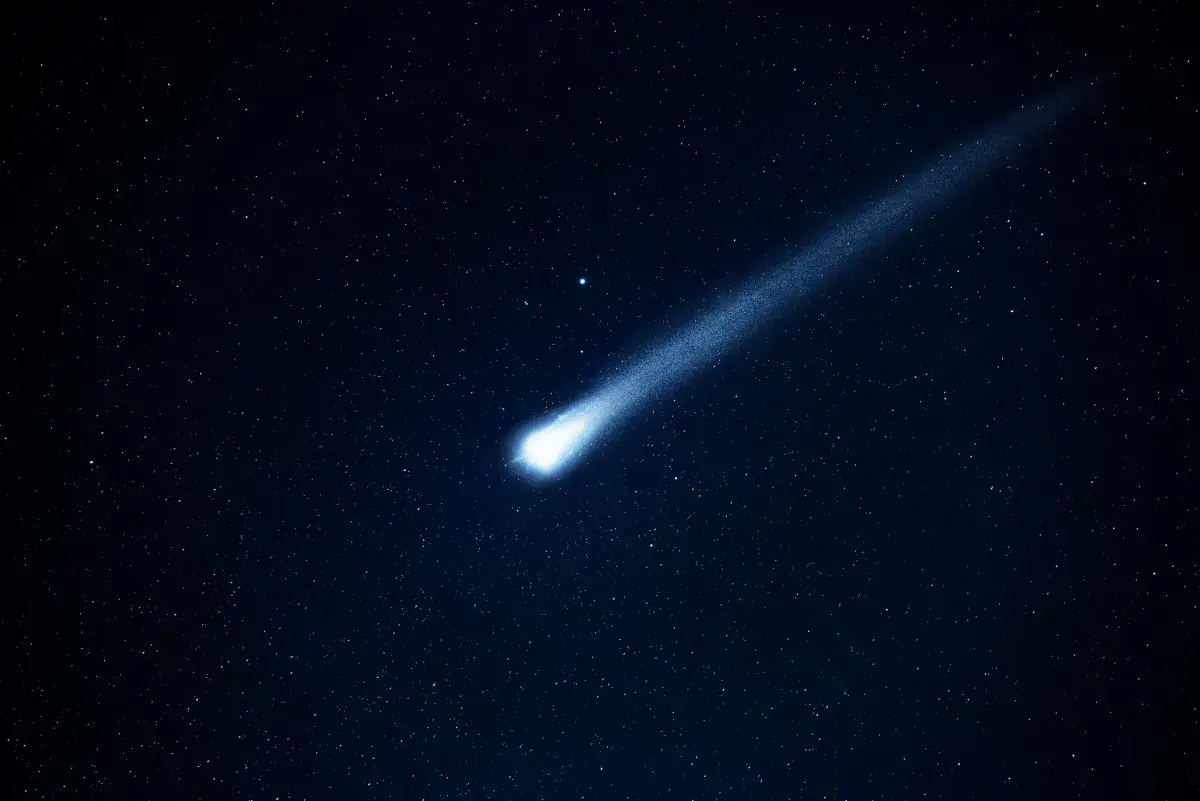Copyright Newsweek

A comet called 3I/ATLAS is making its closest approach to the sun today (Wednesday October 29)—but is it really an alien spacecraft as one prominent scientist has speculated? If 3I/ATLAS was a spacecraft, its perihelion—the point on its orbital course that brings it closets to the sun—would be when it would be best suited to change its velocity. “The perihelion time for 3I/ATLAS was today at 11:47 UT (7:47 Eastern Time) according to the JPL Horizons fit to its trajectory. The uncertainty is only a few minutes,” Avi Loeb, professor of science at Harvard University told Newsweek. The comet's behavior at perihelion constitutes what Loeb calls the “acid test” to help determine if the interstellar object first detected in July is as it appears—a comet—or something more extraterrestrial. “If it is a natural comet glued together by weak forces, its heating by 770 watts per square meter may break it up into fragments which evaporate more quickly as a result of their large surface area per unit mass,” Loeb explained. “The resulting fireworks might generate a much brighter cometary plume of gas and dust around it. However, if 3I/ATLAS was technologically manufactured, it might maneuver or release mini-probes. Other technological signatures include artificial lights or excess heat from an engine.” What we already know about the comet is that the plume of gas that comes out of its surface is made mostly of carbon dioxide (87 percent by mass), carbon monoxide (9 percent by mass) and water (4 percent by mass), according to Loeb. He added: “3I/ATLAS is most likely a comet of natural origin, but there are 8 anomalies that give it a rank of 4 on the Loeb Scale (where a rank of 0 is for a definitely natural interstellar object and a rank of 10 is for a definitely technological object). “As of now, 3I/ATLAS displayed 8 surprising qualities that earned it a rank of 4 out of 10 on the Loeb scale of a possible technological origin.” These qualities, Loeb explained, include that the comet's trajectory is aligned to within 5 degrees with the ecliptic plane of the planets around the Sun (with a likelihood of 0.2 percent) and during July and August 2025 it displayed a sunward jet (anti-tail) that is not an optical illusion from geometric perspective, unlike familiar comets. Its nucleus is also about a million times more massive than 1I/`Oumuamua (the first confirmed interstellar object passing through the solar system) and a thousand times more massive than 2I/Borisov (the first observed rogue comet and the second observed interstellar interloper after `Oumuamua . Loeb added its arrival time was fine-tuned to bring it within tens of millions of kilometers from Mars, Venus and Jupiter and be unobservable from Earth at perihelion (with a likelihood of 0.005 percent), along with other possible technological qualities. It seems we will know more in the coming months. “We have to collect as much data as possible to figure out its nature. The implication of alien technology would be huge and therefore we must take it seriously,” said Loeb. “Our biggest rocket, Starship, is a hundred times smaller than 3I/ATLAS, so in case it is technological—its sender master technological capabilities that are well beyond those that we possess. “Nature is more imaginative than the best script writers for science fiction movies in Hollywood. Rather than imagine who might be our dating partner, we better observe it.” NASA reports that comet 3I/ATLAS poses no threat to Earth and will remain far away. "Comet 3I/ATLAS is the third known object from outside our solar system to be discovered passing through our celestial neighborhood." Do you have a tip on a health story that Newsweek should be covering? Do you have a question about comets? Let us know via health@newsweek.com. References Eldadi, O., Tenenbaum, G., & Loeb, A. (2025). The Loeb Scale: Astronomical Classification of Interstellar Objects (No. arXiv:2508.09167). arXiv. https://doi.org/10.48550/arXiv.2508.09167



